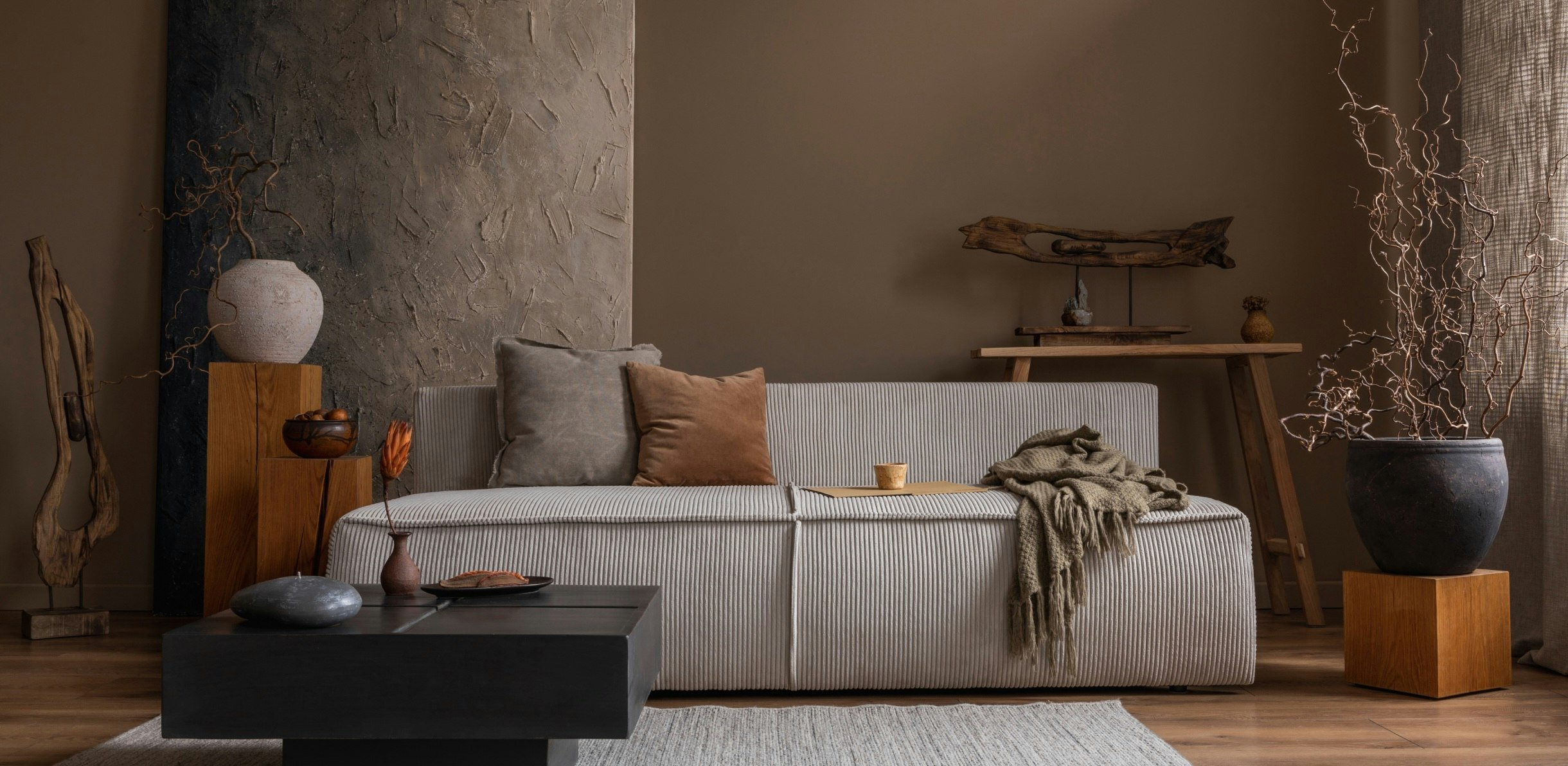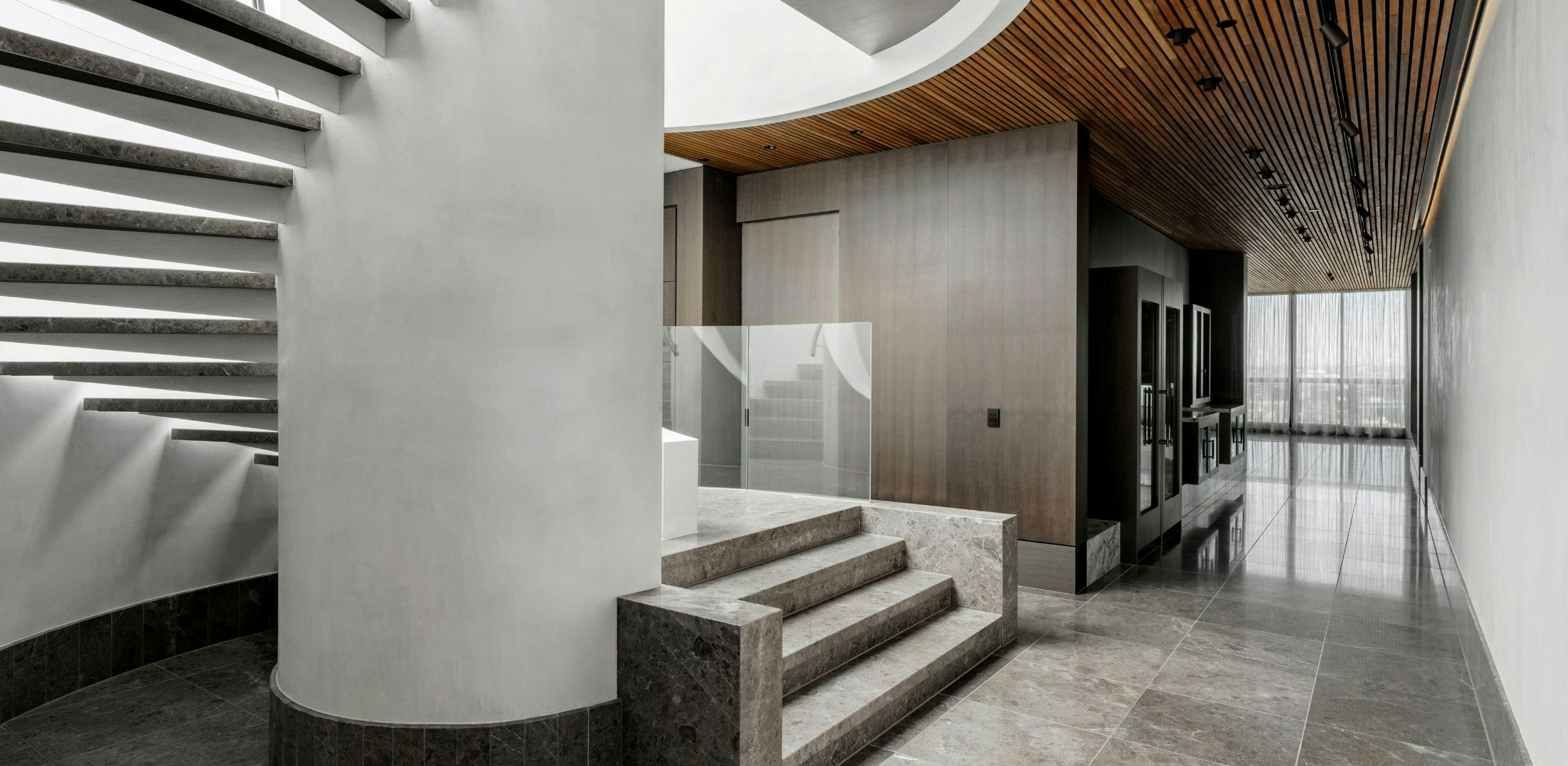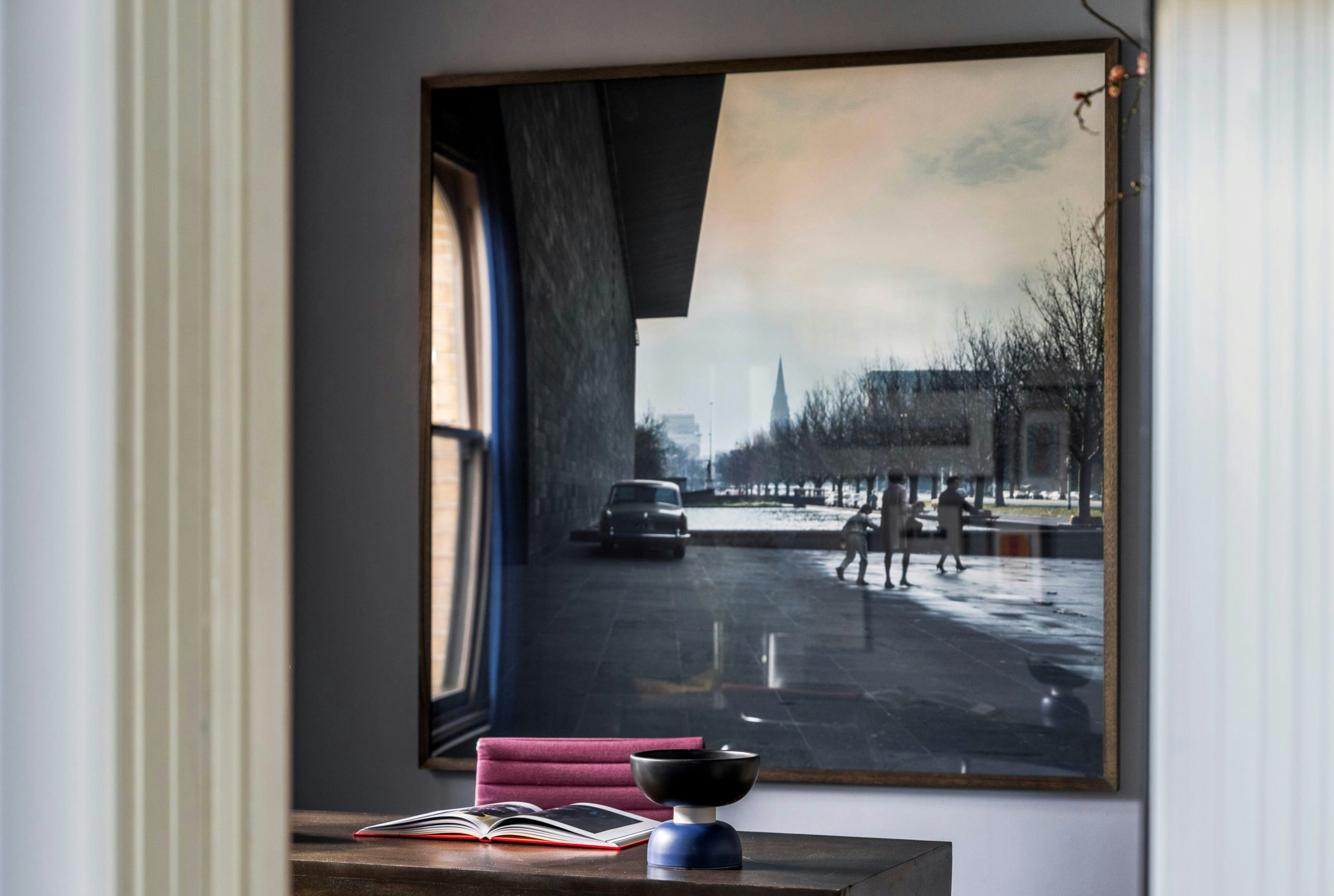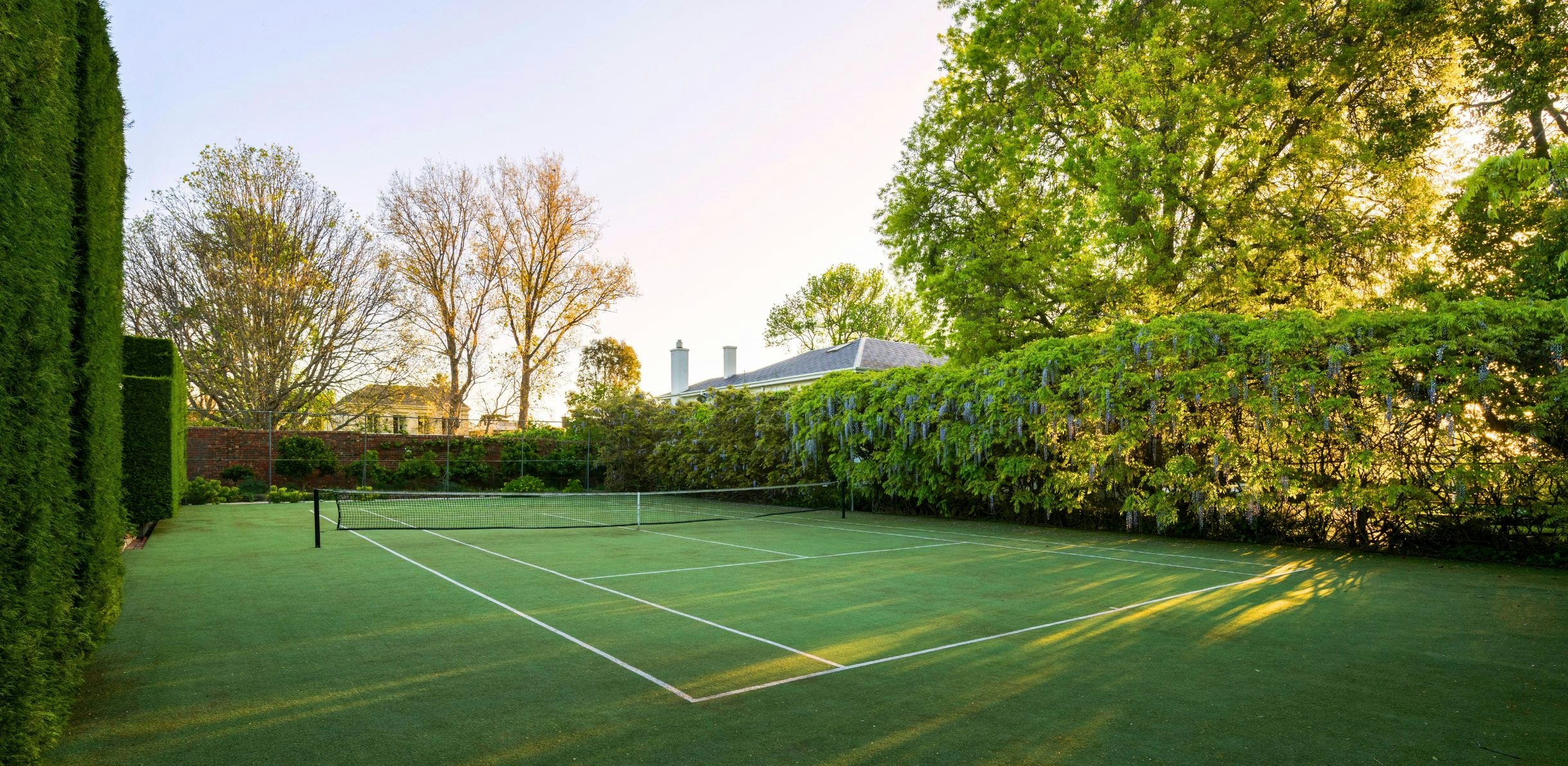A quiet revolution in home design is moving away from perfection towards the ancient Japanese philosophy of wabi-sabi. This art celebrates beauty in imperfection, simplicity, and natural ageing, and it's finding its place in Australian homes. Wabi-sabi, anchored in Zen Buddhism, appreciates the flawed, the uneven, and the transient.
Understanding Wabi-Sabi
At its core, wabi-sabi follows life's natural cycle of growth, decay, and death. This translates to spaces that honour authenticity and the handmade, offering a counter-narrative to the manufactured refinement often celebrated in contemporary design, focusing instead on the individual story each object tells.
Why Now?
The embrace of wabi-sabi indicates a move towards sustainability, mindfulness, and a deeper connection with nature. In response to environmental concerns and mass consumerism, wabi-sabi inspires choosing long-lasting items with character over disposable ones. This approach values beauty in scratches and handcrafted imperfections, creating homes that feel more personal, grounded, and connected.
Wabi-Sabi in Homes
Homes incorporating wabi-sabi are defined by natural materials and textures that invite touch. Think floors of unpolished stone or reclaimed wood, walls that show the wear of time, and objects that carry the marks of their makers. Furniture pieces are selected for their handcrafted imperfections and ability to age gracefully, while decor is often minimal, highlighting quality over quantity and the beauty of empty space.
Interiors are designed to feel lived-in and welcoming, with open shelves displaying handmade ceramics and walls adorned with artisanal or organic pieces. Natural light also plays a role, illuminating the materials' natural flaws and casting shadows that change with the time of day. The colour palette remains earthy and subdued, drawing from a spectrum of greys, browns, and off-whites, blurring the lines between the inside and outside worlds.
Implementing Wabi-Sabi
Adopting wabi-sabi in your living environment doesn't require a complete overhaul. Homeowners can start by selecting a dining table made from reclaimed wood, appreciating the inherent blemishes in a well-worn leather sofa, or arranging a set of uniquely mismatched, hand-thrown pottery mugs. These choices not only enhance the aesthetic appeal of a space but also give it a sense of history and authenticity.
Ethical Foundations
Sustainability is another pillar of wabi-sabi, with a focus on materials and products that are environmentally friendly and ethically sourced. This aligns closely with Australia's increasing emphasis on sustainable living practices, making wabi-sabi not only a design preference but a lifestyle choice, adding a layer of depth to the home.
The Future of Wabi-Sabi
As Australians continue to seek more meaningful, connected, and sustainable ways of living, the principles of wabi-sabi are likely to become even more integrated into home design. By celebrating the beauty of imperfection, wabi-sabi reminds us of our own impermanence and the importance of living a life filled with purpose and authenticity. Wabi-sabi emphasises the natural cycle of life and invites us to create homes that are not only beautiful but meaningful.




